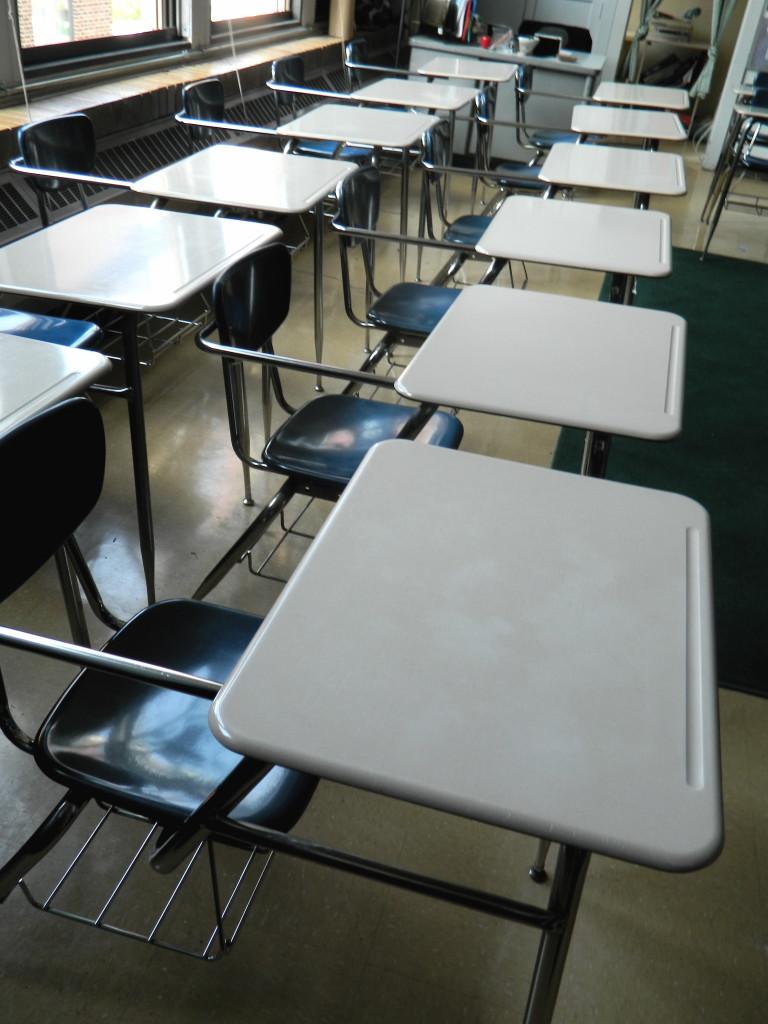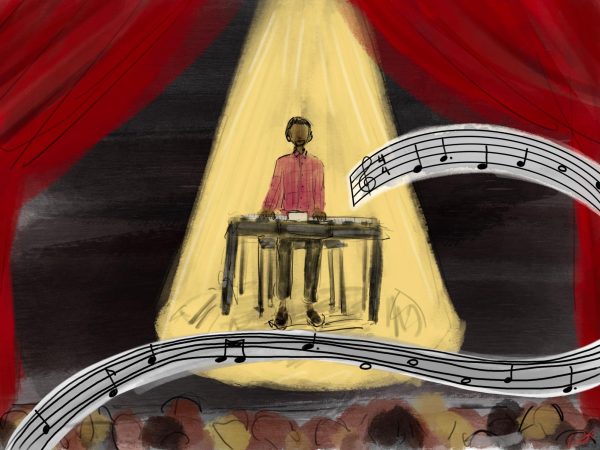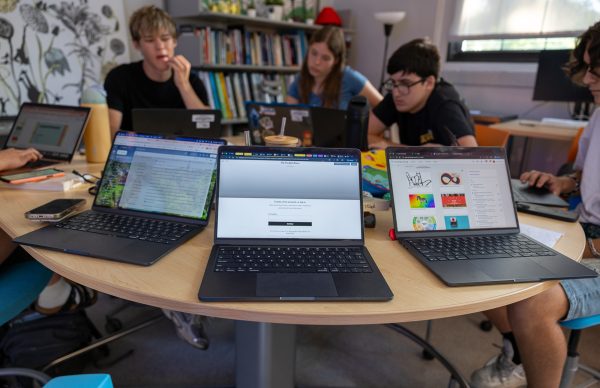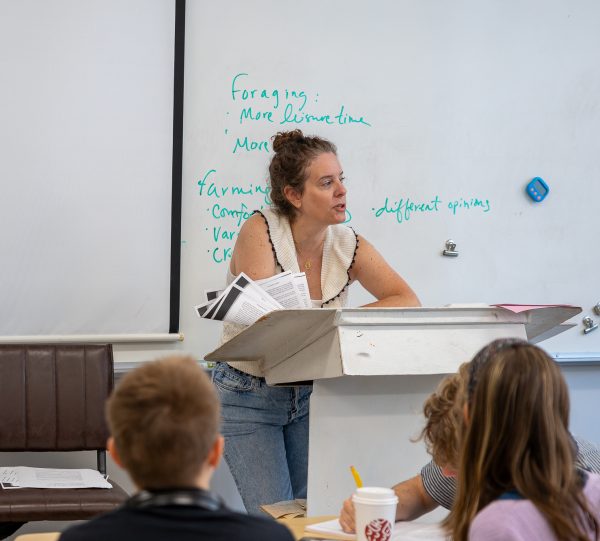In Preparation For the Real World: Health Effects of Sitting in School
During my four-year high school experience, I expect to spend more than 3600 hours sitting at a desk. My total increases if I count homework and time I spent watching funny cat videos on the Internet. This would mean nothing to me were it not for the recent storm of sitting-related headlines shouting at me from newspapers, magazines and websites from the New York Times to Yahoo. According to a plethora of recent studies, including a 13-year project by Mayo Clinic researcher Dr. James Levine and a 14-year study by the American Cancer Society, this is the most dangerous thing I will do all day. In one Australian study of adults over 45, those who sat for more than eleven hours a day were 40% more likely to die within three years than those who sat for less than four hours even after adjusting for variables such as age and weight.
Though the benefits to daily exercise have been thoroughly proven, converting as much of my sedentary time to even the most low-intensity exercise would greatly improve my overall health. Sitting still shuts off electrical activity in the legs, lowers calorie burning immediately and can drop good cholesterol by 20% after two hours. To help me, the articles suggested that I invest in a stand-up or treadmill desk and hold meetings while walking. Unfortunately, getting a new desk poses logistical difficulties and I cannot imagine my teachers being enthusiastic about my taking mid-lecture strolls.
Fortunately, there are other options. Levine calls it non-exercise activity thermogenesis (NEAT) though I might call it climbing stairs, drinking water or high-fiving a friend. NEAT encompasses all movements that burn more calories than sitting but are not intense enough to be counted as exercise. In class, raising my hand counts, as does fidgeting.
Fidgeting in class has been the focus of researchers mainly at the elementary school level and solutions similar to those related to the sitting research have been implemented. These studies, instead of focusing on health, focus on paying attention in class. Starting with the idea that children are supposed to be active, many younger classrooms have replaced chairs with stability balls to allow for constant movement. A Mayo Clinic study connects using the stability balls to increased attention as the students can fidget without making noise. Keeping upright on a stability ball requires more muscle action than sitting in a chair, increasing muscle strength.
Adjustable height desks have also been tried in younger classrooms but have been met with complaints that it disconnects students in wheelchairs by moving the classroom above their heads. Some classrooms incorporate moving between mats into vocabulary lessons and repetitive motions such as jumping jacks into counting drills.
Just as many recommendations for offices are not logical for a high school, elementary school strategies do not seem to translate well to secondary education. However, as more and more studies are conducted, I hope to see an increase in activities such as the infamous math aerobics. I have participated in French vocabulary relay races and assembly lines in social studies classes.
Though P.E. will forever remain the champion of health in school, I will retain the right to quietly do NEAT in class and will never again scoff at my fifth grade homework assignment of playing outside.









